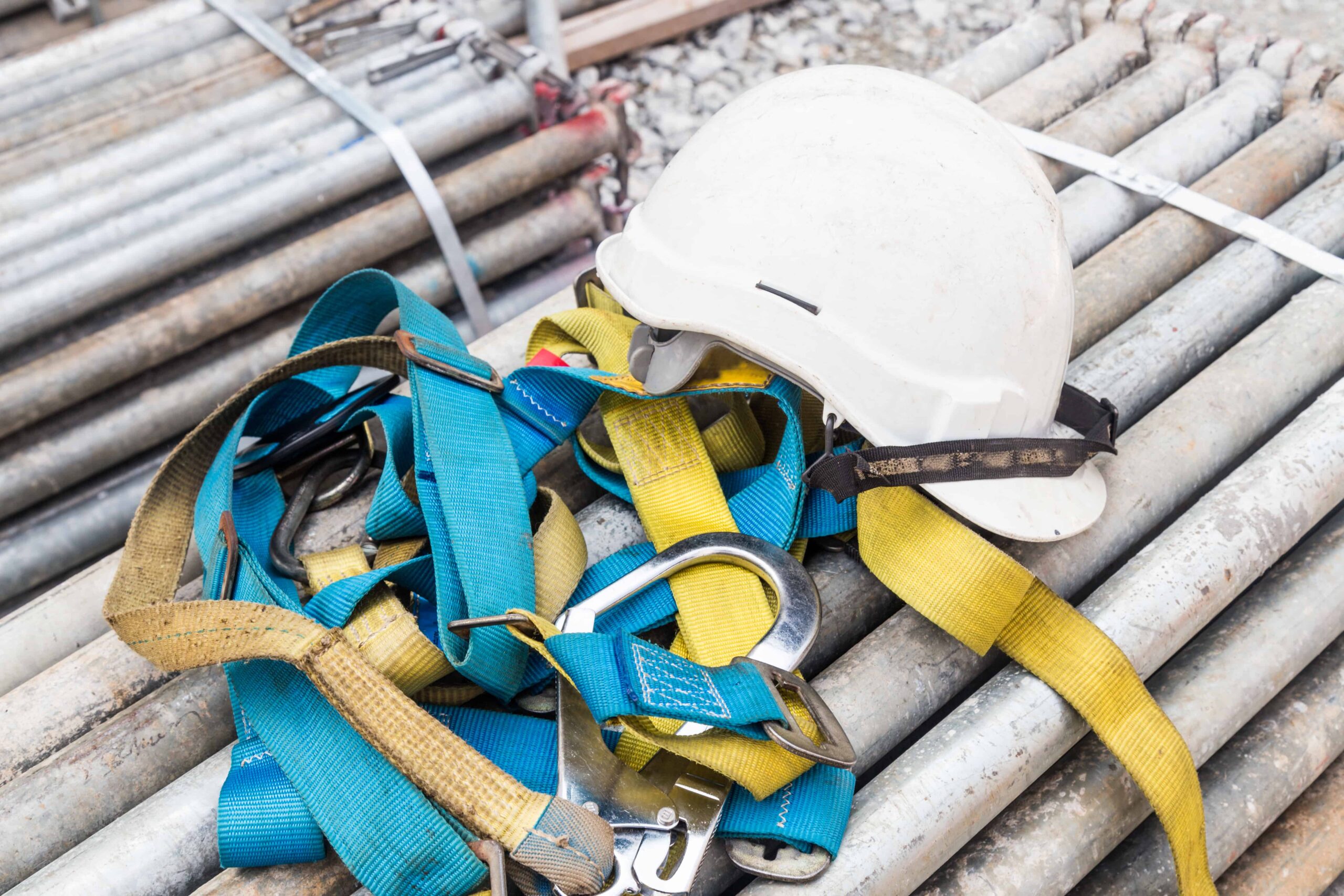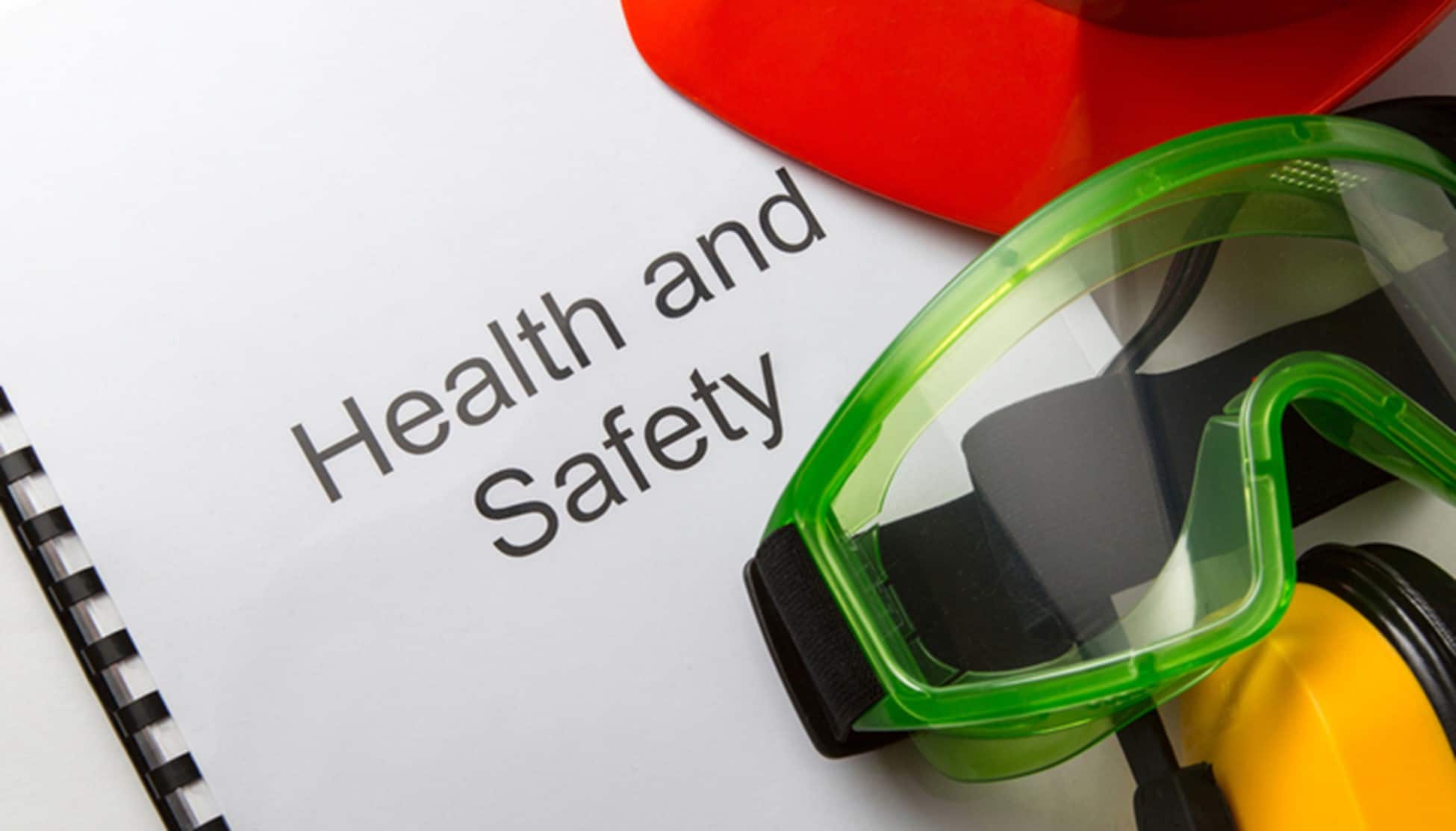
There are an estimated three billion workers around the globe at this very moment. Some of them work behind a desk, while others are in the field, a laboratory, a doctor’s office, a classroom, and some work in manufacturing, agriculture, transportation, or any other of the hundreds of thousands of employment possibilities.
It doesn’t matter what type of job an employee is doing; by having an occupation, they are automatically exposed to risks that come with that occupation. Occupational safety and health are improving year by year, yet the numbers involved in these risks are still staggering. Approximately 317 million nonfatal workplace injuries, illnesses, and 321,000 workplace fatalities occur every year across the world. With these statistics, it is evident why workplace safety should be a priority for any employer and business owner.
Poor health and safety working environments lead to the loss of working days and decreased employee effectiveness at best, or legal issues and shutting down of the business at worst. No one – neither the employer nor the employees – want to spend their time in unsafe conditions.
Prioritizing safety and health programs, as well as personal protective equipment, for employees is an essential part of growing a business. In this post, we will discuss occupational exposure to various safety hazards, what they involve, and how the employer can effectively prioritize occupational risks to minimize their occurrence. This mitigation will improve your employees’ productivity and morale and will ultimately lead to a healthier work environment for all.
What is an occupational risk?
An occupational risk is defined as the probability of injury or illness that occurs as a consequence of workplace hazards. In theory, occupational risks can be divided into six categories:
- Safety hazards
- Chemical hazards
- Biological hazards
- Physical hazards
- Ergonomic risks
- Psychosocial risks
Not all workplaces and types of work carry the same kind or level of risk with them. Office workers might be more exposed to ergonomic hazards (such as awkward postures, static or sustained postures, reaching, repetitive motions, and similar) than those working in the construction industry or factory production, who are more exposed to safety or chemical hazards, for example.
Employers often neglect the workplace hazards, psychosocial risks, or the impact of the job and work environment on the employee’s mental health, safety, and social status. While this might not be a primary concern (not as much as actual physical safety and prevention of serious injury or death), it shouldn’t be overlooked. Each aspect of your occupational safety and health program should be carefully evaluated based on the type of business the employer is running. Proper steps should be taken to mitigate the risks involved.
How to prioritize occupational risks?
Not all risks are equal – some can lead to more severe consequences than others. If an employer faces multiple types of risks at their place of business (and most employers do), how should they prioritize them? How can they know what risks require most of their attention?
Risk prioritization is part of a broader risk management and risk assessment strategy. This strategy first involves identifying the health, safety, and environment risk factors in the workplace. Once these hazards are identified and listed, risk management experts assess each hazard’s chances of causing an adverse effect for the employees and how severe that effect would be. Statistical analyses and models are usually involved in this safety risk assessment process.
Finally, based on all of that information – the correctly identified risks and how likely they are to cause negative effects – occupational risks are prioritized. The risks that are most likely to lead to serious injury and illness are marked as the top priority and should be minimized immediately.
Adapting to Your Workplace
Unfortunately, there is no universal formula when it comes to prioritizing occupational exposure to hazards and building a safety culture. For example, health workers will have a different set of occupational injury or illness risks than those working in the construction industry. An attorney at law isn’t exposed to the same health risk as line chefs in a kitchen. To properly prioritize occupational health risks, you need to apply your risk management knowledge to the type of work that you and your employees do.
While there is no rule you can follow, there is a rough guideline that may help you better assess which risks are more prevalent in your business. At the top of this guideline are hazards that come with strong evidence of poor health and safety program outcomes. Following them are risks that have moderate evidence of poor outcomes, and finally, those that carry insufficient scientific evidence but should be a concern for the employer nonetheless.
- Safety, physical, biological, and chemical hazards
If your employees are exposed to any hazard that can be categorized as a safety, physical, biological, or chemical hazard, this should be your top priority. These hazards directly lead to injuries, illnesses, or even death, and you want to avoid them as much as you can.
Workers exposed to these hazards should regularly wear personal protective equipment, undergo safety training, familiarize themselves with control measures, and know what to do if an occupational injury and illness occur. If your employees are handling equipment or operating machinery, they need to be properly trained (or certified) for it, and the equipment always needs to be in peak working condition.
- Hazardous ergonomic positions
Office workers will rarely find themselves exposed to biological or chemical hazards, but they still need to watch for physical and ergonomic risks. Ergonomic hazards contribute to work-related musculoskeletal disorders that can significantly diminish the quality of life of the employee.
To minimize these safety risks, ensure that all tools and equipment in your workplace are ergonomically designed. Each employee should be allowed to adjust their work environment to suit their personal needs. An occasional guest lecture from an ergonomics expert would be beneficial as well. If your workers are regularly lifting heavy objects (say, working in a warehouse), make sure they understand how to perform these actions without putting too much strain on their bodies.
- Psychosocial work conditions
Venturing into the territory of mental hazards, psychosocial work conditions are incredibly important for an employee’s general well-being. Psychosocial factors include organizational structure of the workplace, everyone’s work role, interpersonal work relationships, design and content of tasks (whether they are exciting or not, repetitive, too vague or too challenging, etc.).
According to the National Institute for Occupational Safety and Health (NIOSH), the presence of discrimination or harassment in the workplace also belongs among psychosocial work conditions, as they can greatly affect an individual’s state of mind and productiveness. It is of the utmost importance that your employees feel safe and protected at their workplace, especially considering how many hours a day they spend there. Creating a healthy, supportive work environment is a good foundation for preventing occupational injury risks.
- Job-related hazards
In this category, we’re going to sort factors like job insecurity (when employees don’t know whether they will keep their job or not), long or irregular working hours, job dissatisfaction, and conflict between family and work. These issues are not as grave as those listed above, but they should be a concern. A good employer will work on addressing them.
A happy, healthy employee who gives their all at their job is satisfied with the type of work they’re doing, has an established routine that doesn’t interfere with their personal life, and is optimistic about advancing their career.
Conclusion
If your business exposes your employees to immediate physical, safety, biological, or chemical hazards, those are the ones you should mitigate first. Ergonomic hazards are next, reducing the chance of your workers developing a musculoskeletal disorder or a different occupational disease. Mental health hazards are also crucial: psychosocial factors and those related to the job position and the specifics of the job itself. No risk is too small to be overlooked when it comes to workplace safety.
Determining whether a health hazard is a priority or not can be tricky. As mentioned above, it depends on the type of work your employees perform day in and day out. If you’re sure there is no biological, chemical, or even safety risk involved, you can look at the other types of hazards in our list to find which ones pose the most danger to your employees.
If you’re not confident in your safety risk management, assessment, control measures, safety culture, and prioritizing safety skills, you may consider hiring a health and safety company to do the job for you. SAFE is a company specializing in health and safety compliance and education and training that ensures all employees are as protected as possible in their place of employment. If you have any questions about how to prioritize occupational health, safety, and environment, don’t hesitate to email us at larry@safety4employers.com, or dial 775-843-8318.
We’re looking forward to giving you a hand!








